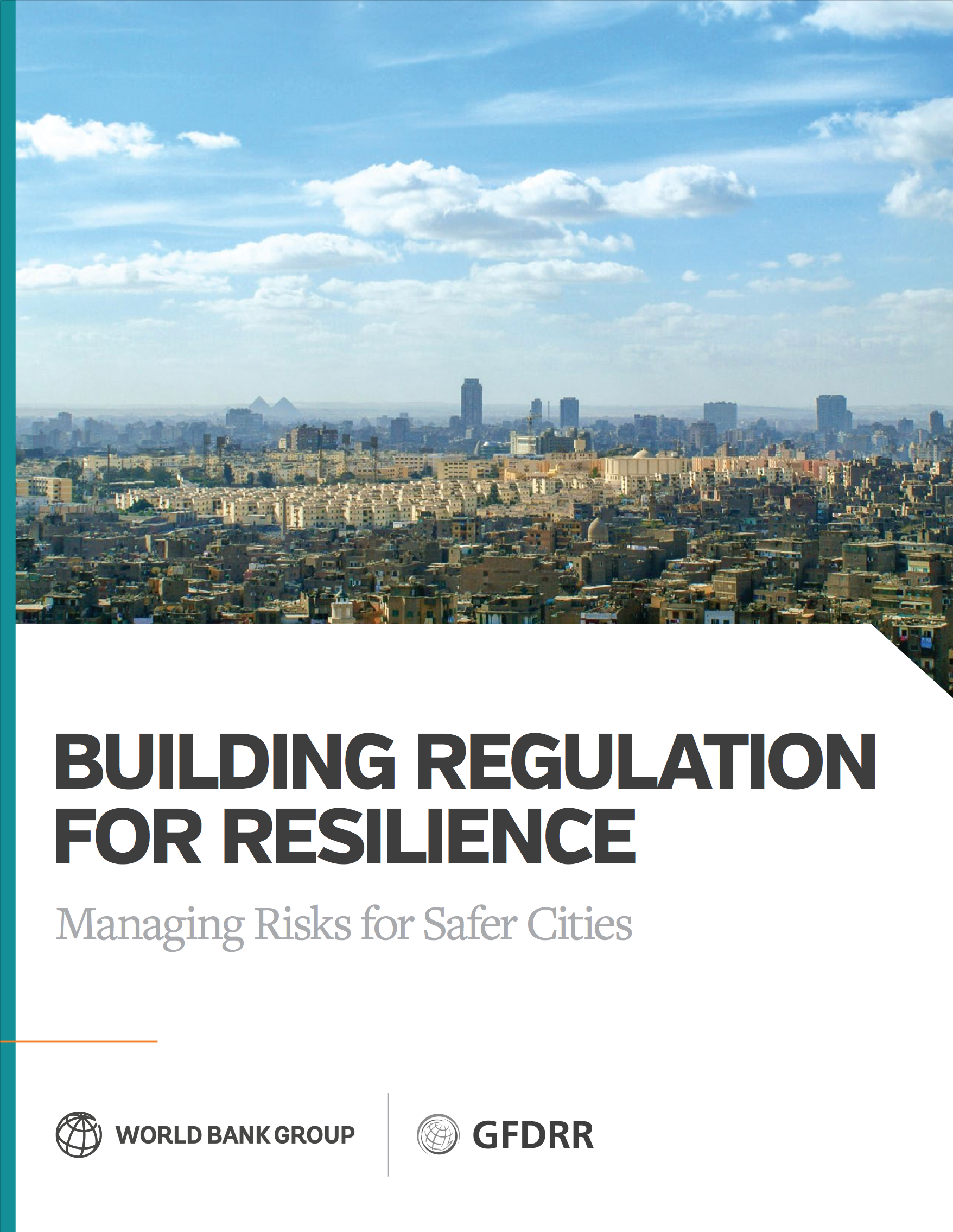Cities around the world are growing rapidly and as much as 90 percent of this growth is happening in Africa and Asia, where infrastructure, housing, and businesses must be built to support the rapidly growing urban population.
The way we build our cities has a profound effect on how vulnerable they are to natural hazards like earthquakes, cyclones, and floods. This gives us a unique opportunity to create cities that can solve or be responsive to a number of difficult problems, and create safer, more vibrant communities.
Over the last few decades, natural disasters have intensified drastically both in number and in the size of their impact and evidence shows that climate change threatens to make this trend even worse.
Building codes and land use regulation have proven to be the most effective tools to protect health and safety in cities and reduce disaster risk. Therefore, major development partners like the World Bank, along with governments, civil society groups, and the private sector come together to ensure safer construction and risk mitigation in facing the challenges posed by natural hazards and climate change.

